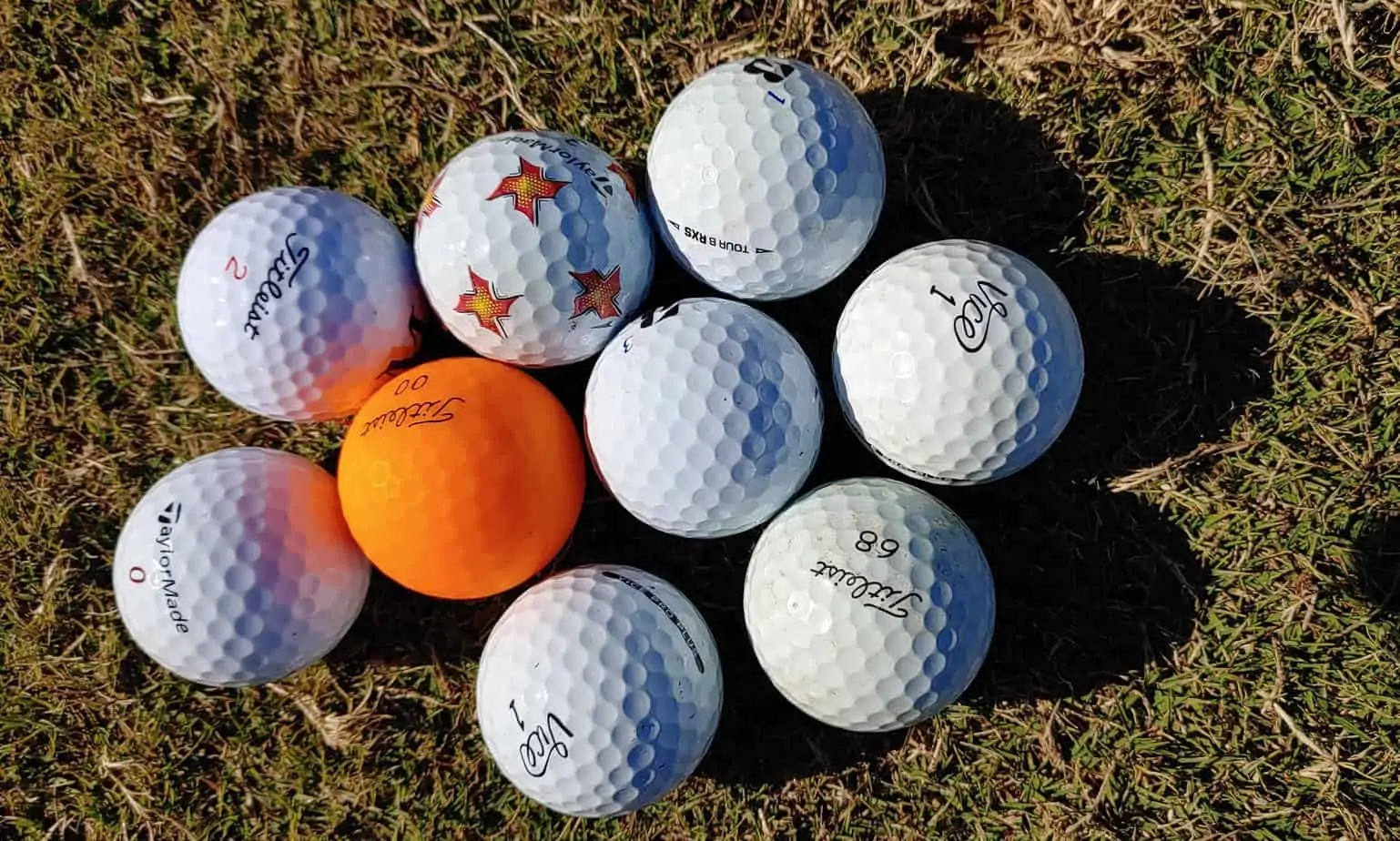Still work to do for golf ball industry when it comes to sustainability
The golf ball is actually a disposable product: once unpacked from the box, the ball unfortunately all too often flies into the next water hazard, the rough, on the first shot. he’s gone The next ball is unwrapped. Dozens of balls disappear every day on a golf course in bushes, bushes and water hazards. It is also clear that the ball is not really out of the world, because it does not rot. It is not made of degradable material, but of plastic mixtures. It often survives for decades in the soil or water.
Which raises many questions: How do the big ball manufacturers approach the issue of sustainability in the first place? How is the issue of recycling old balls dealt with? What efforts are there to produce balls in an environmentally friendly way? And what happens to all the balls that disappear beyond the fairways?
Research at Titleist, Callaway and TaylorMade
A survey of the three major ball manufacturers Titleist, Callaway and Taylor Made led to a sobering result: “I think we’re just beginning to deal with the topic,” summarizes Christopher Neumann-Mangoldt, Marketing Manager Central Europe at Titleist .
“Like many other companies, we are in the position of talking about work-in-progress,” agrees his British colleague Sue Page, PR & Events Manager at Callaway Golf in London. When asked at Taylor Made’s European headquarters in London, there was no person at all who was responsible for the topic or who could comment.
Callaway has the edge
While the research at Taylor Made ends with a 15-line statement on the website on the subject of “ Environmental Responsibility & Sustainability”, the topic at Callaway is apparently the most present at the moment. Here the company refers to numerous measures for the sustainable use of energy and water in the context of production and administration, which are largely based in California. The expansion of the use of renewable energy in the head office to 40% in 2021 is listed there, for example. The list ranges from the optimization of delivery processes to the use of process water. In 2021, for example, electricity consumption was reduced by 500.000 kilowatt hours at the production facility in Monterrey/Mexico. In addition, a new gas system will be installed in the same company, which should result in 0.8 million kilograms of CO2 emissions being avoided per year. The plant will be completed in 2022 and is also expected to use nearly 1.900 million gallons less water per year. With regard to water as a resource, efforts are being made to use almost exclusively recycled water. At the Chicopee production site, for example, 95% of the water used is reused.
Double packed at the Logoball
If you look at the products used to make the balls and the packaging, all three manufacturers still have to pass at the moment. “We now have packaging made from recycled paper,” says Titleist as the only positive example. Otherwise, the topic of packaging is particularly sensitive.
For example, if a company orders logo balls with customized packaging from Titleist, the balls that are already in a box are used, unpacked, then printed and then placed in a new box. The first pack goes in the trash. So basically two boxes of packaging are used for three logo balls.
For economic reasons, recycling used balls is not an issue for any of the companies. Since all three companies do their business with used balls, recycling balls doesn’t make sense to them. In the USA, Canada and Australia there is otherwise a large market for used balls or lakeballs, which are usually cleaned, often colored and then sold again – mostly online.
Resale at the club
In Germany, the recycling of golf balls ultimately means that there are often thousands of balls in the greenkeeping warehouses that are found by the staff when tending the course. “As a rule, people then only look for the high-end balls when reselling them anyway,” summarizes head greenkeeper Markus Gollrad from GC Konstanz, for example, who stores crates of golf balls next to his office. Other golf courses collect the balls and send them to other Eastern European countries, for example as a donation.
Greenkeeper Christian Löffl at the G& LC Regensburg no longer reacts enthusiastically to all the products that have been in the club’s ponds in Bavaria for decades. “I find balls that have been in the ground for decades. It’s all plastic.”
In the end, like many other head greenkeepers, he often only has to dispose of the balls in the residual waste. According to the disposal company Awista, these are currently golf balls. So they end up in the incinerator.
The lesson from this: The ball that says goodbye to the water or forest on the first tee is only optically gone, in fact it remains a perennial favorite.







